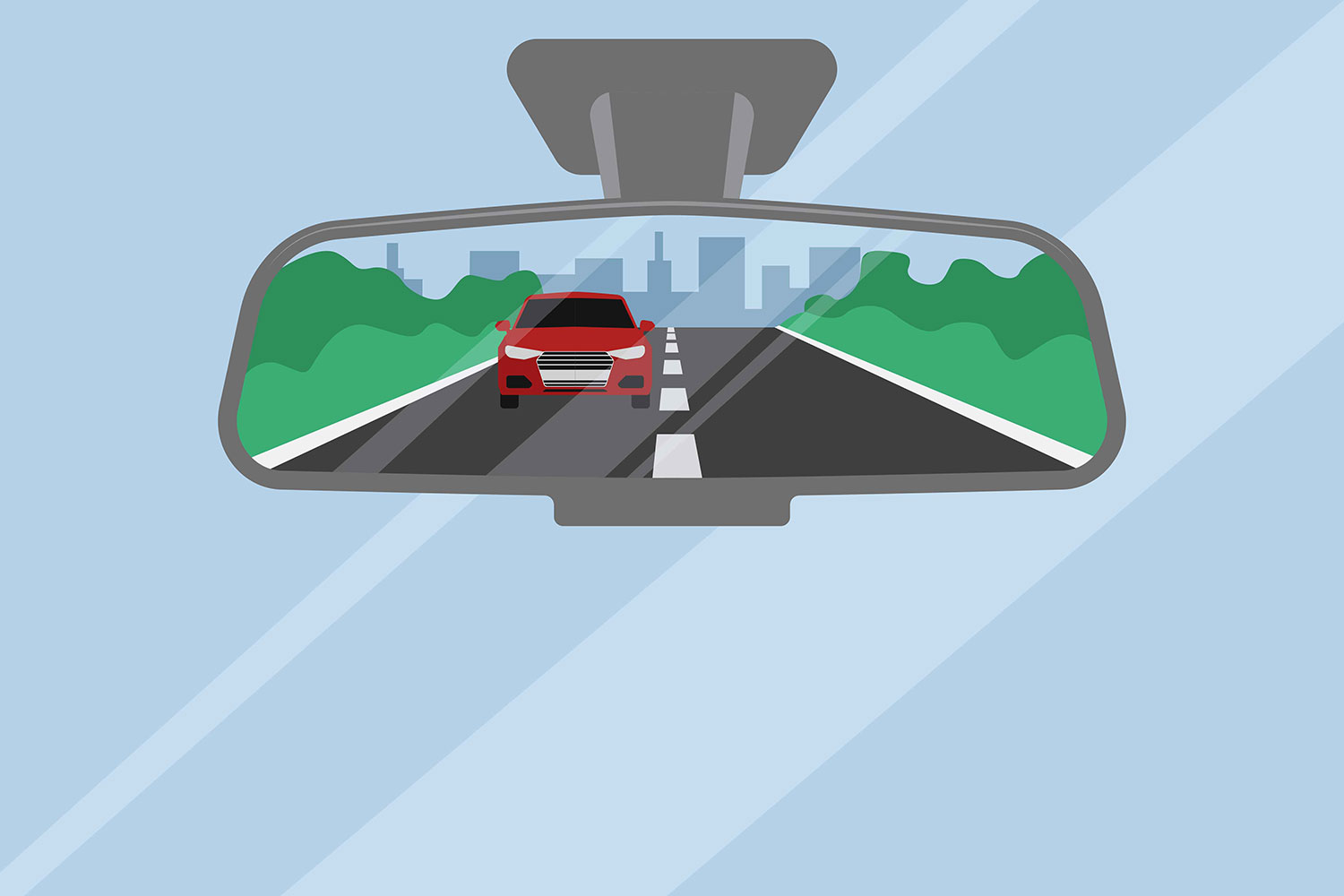Table of contents
Even though you are used to driving and performing maneuvers, there is always room to improve your driving skills. Plus, there may be some moves that you have still not quite yet mastered. So, increase your confidence and reduce the risk of accidents by spending time practicing and mastering the following six maneuvers.

1. Parallel Parking
Parallel parking can be intimidating, especially on busy streets. However, with practice and patience, it can become second nature. Start by aligning your car’s back bumper with the bumper of the car in front of the space you want to occupy.
Look over your shoulder and reverse slowly. As you do this, begin to turn your wheel to the right. Once your car is at a 45-degree angle, swing the wheel to the left while continuing to reverse. Then, stop once your car is parallel to the curb.
2. A Three-Point Turn
A three-point turn helps when you need to turn around on a narrow street and there is no driveway or side street available. First, signal left and move as far over to that side as possible, ensuring no traffic is approaching.
Turn your steering wheel sharply to the right and drive forward slowly until there is enough room for your vehicle to reverse in the opposite direction. Then, shift into reverse gear while turning the steering wheel sharply left.
Finally, put the gear into drive mode while turning the steering wheel right. Drive out from the roadside until fully onto the road again.
3. Merging into High-Speed Traffic
Merging, particularly onto bustling highways, involves quickly matching your speed with the flow of traffic. Initially, use the ramp as an acceleration lane and signal your intent to merge.
Survey the highway as you approach for a perfect gap in traffic where you would fit. You do not want to obstruct or force any vehicle to brake for you. Once spotted, accelerate smoothly into space. Ensure you are matching the speed of existing traffic when seamlessly merging into it.
4. A U-Turn
This maneuver calls for you to turn your car 180 degrees, quickly changing your direction of travel. Start by slowing down and signaling to inform other drivers of your intent. Ensure there is ample space and no oncoming traffic obstructing your planned course. Also, check for U-turn restrictions as some areas strictly prohibit them.
Gradually steer into the turn once confirmed clear. The sharper the turn, the slower you should go to maintain control. It is important to complete a U-turn correctly as it is a manoeuvre that puts others at risk and can cause U-turn accidents if not performed properly.
When done right, a U-turn is an efficient way to redirect your route with minimal fuss.
5. Lane Changing
Lane changing can be tricky. But knowing how to do it right makes expressway driving much easier. First off, never change lanes without first signaling. Glance over your shoulder to confirm if there is enough of a gap in the next lane.
Then, adjust your speed accordingly. If there is traffic behind in the targeted lane, speed up slightly before switching lanes. If there is no traffic, decelerate marginally during the shift. Remember, good drivers change lanes smoothly without disturbing traffic flow.
6. Reverse Parking
To back into a parking spot, start by choosing a space with plenty of room on both sides. Position your car so that it is parallel to the car parked next to your chosen spot.
Next, look over both shoulders for safety, put the car in reverse gear, and slowly start backing up while turning your wheel towards the parking space. Use your mirrors to guide you into the space while keeping a lookout for pedestrians and other cars.
By mastering this maneuver and the others listed above, you can become a better driver – which helps to keep both you and others safe on the road. You may also be interested in learning how to start driving again after a serious offense.
